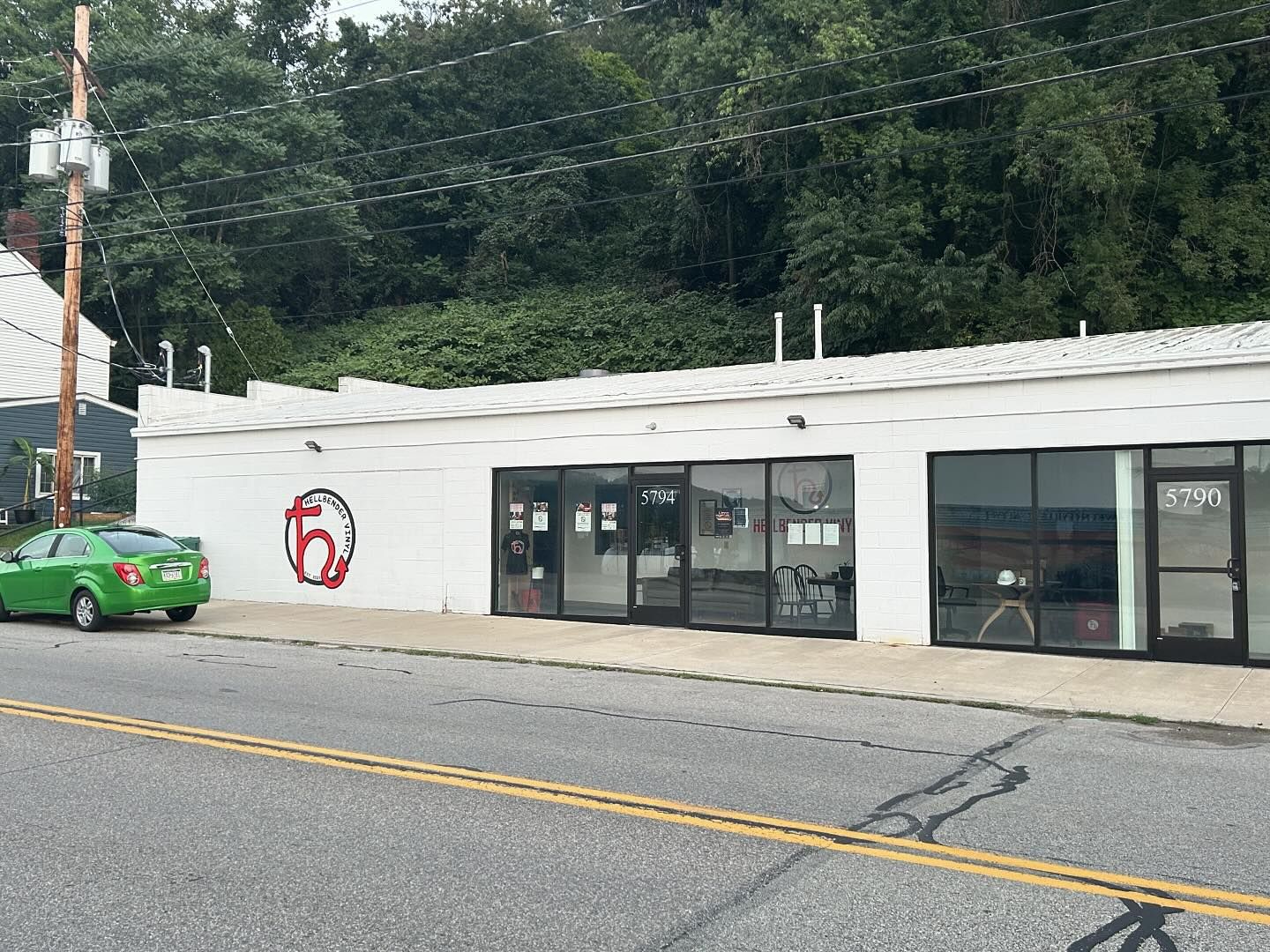
Hellbender Vinyl's Quality Control Process
Vinyl records, with their rich sound and nostalgic appeal, hold a special place in the hearts of music lovers around the world. Behind every custom record at Hellbender Vinyl lies a meticulous process designed to ensure the highest quality. Let’s take a deep dive into the Quality Control (QC) process at Hellbender Vinyl, where Orlando “Buscrates” Marshall, musician and DJ with over 20 years of experience in the vinyl record world, oversees this crucial step. Let's explore how Hellbender ensures that each custom record meets the highest standards before it reaches your hands.
What is the Quality Control Process?
Quality Control in vinyl record production is a rigorous process aimed at guaranteeing that each record meets stringent quality standards before being shipped to customers. This step is pivotal in identifying and correcting any defects or inconsistencies that could detract from the listening experience. By meticulously evaluating each record, Hellbender Vinyl prevents inferior products from leaving their facility, ensuring that every record is as close to perfect as possible.
The Significance of Quality Control in Record Development
The QC process is not just a checkpoint but an integral part of record development. It plays a crucial role in maintaining the integrity of the final product. Vinyl is an imperfect medium, prone to noise and potential defects. Effective QC helps minimize these imperfections, ensuring that any issues—whether they be audible distortions or visual defects—are addressed before the records reach customers. This careful scrutiny ensures that music enthusiasts receive a product that delivers the best possible listening experience.
Key Aspects of the Quality Control Process
In the QC process, several key aspects are carefully monitored:
Listening for Audio Issues:
- Pops and Ticks: These can be disruptive and affect the overall listening experience. Some of these imperfections may not be visible but are audible, making them critical to detect.
- Noise Floor Levels: Vinyl records inherently come with a certain level of background noise. The goal is to keep this noise within acceptable limits so it does not overshadow the music.
Visual Inspection:
- Warps and Marks: Any warps, scratches, or other visible defects can impact both the appearance and performance of the record. Identifying these issues is essential for ensuring the product is free of physical flaws.
External Factors:
- Some issues may arise from parts of the production process that are not immediately apparent in the audio playback but could still affect the final product.
Step-by-Step Guide to the Quality Control Process
Here’s a closer look at the QC process at Hellbender Vinyl:
Receiving the Record:
- Each record arrives from the pressing operator, Nick, ready for inspection.
Initial Cleaning:
- Orlando begins by using an anti-static brush to remove any static electricity. This step is crucial as static can sometimes be mistaken for pressing errors, potentially leading to false positives in the QC process.
Listening Test:
- Orlando listens to the record from start to finish, carefully monitoring for any audible issues. This thorough listening session helps identify any imperfections that need addressing.
Consultation and Adjustment:
- If any issues are detected, Orlando consults with the press operator or project manager to resolve them. This collaborative approach ensures that any problems are corrected promptly, improving the overall quality of the record.
Documentation and Reporting:
- Observations are recorded and any necessary adjustments are made to ensure the record meets Hellbender’s high standards before moving to the next stage.
What Sets Hellbender's Quality Control Process Apart?
What makes Hellbender’s QC process unique is not just the meticulous attention to detail but also Orlando Marshall’s extensive experience. With over two decades as a musician, DJ, and vinyl enthusiast, Orlando brings a wealth of knowledge and a keen ear to the process. His deep understanding of vinyl, coupled with the collective expertise of the Hellbender team, ensures that each record undergoes thorough scrutiny. This multi-faceted approach helps maintain the highest quality standards across all productions.
From a Head of Quality Control's Perspective:
In order to ensure the highest quality control, when it comes to custom vinyl record production, it's essential to have multiple people and departments involved. Orlando “Buscrates” Marshall, Head of Quality Control at Hellbender Vinyl says:
"I am a musician and DJ with 20+ years of experience in the vinyl world as an avid consumer, trader, and an artist with a few records under my belt, so my attention to detail is very stringent by most standards. We here at Hellbender Vinyl have everyone involved in this process, so there's always other eyes and ears on each project in addition to my own ears."
- Orlando “Buscrates” Marshall, Head of Quality Control
Post-Quality Control Process: What Happens Next?
After the QC process, each record undergoes a final visual inspection to confirm that it is free of defects. The records are then assembled, shrink-wrapped, and packaged for shipping. For local artists, there is an option to collect their records directly from the shop, adding a personal touch to their vinyl experience.

